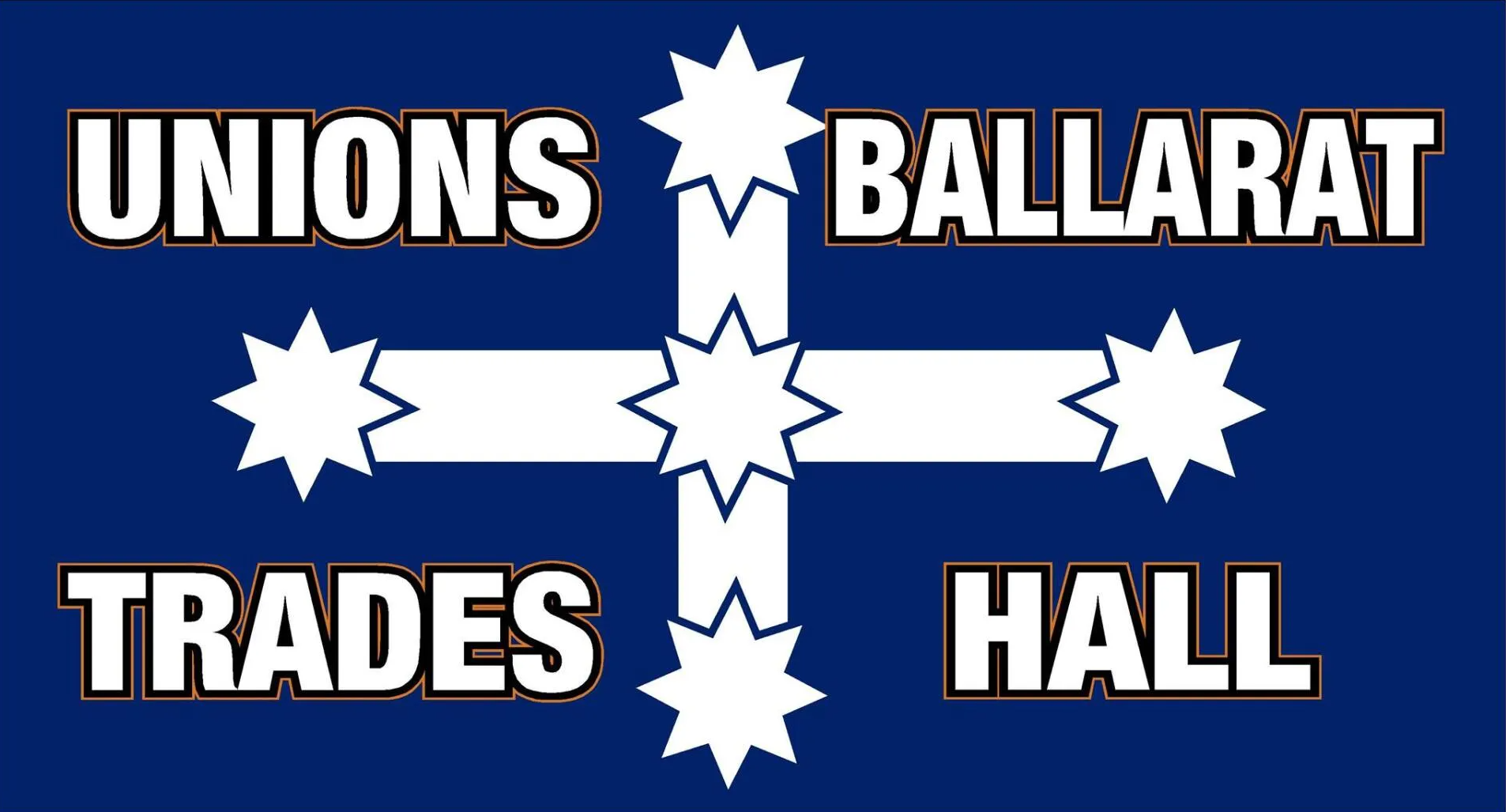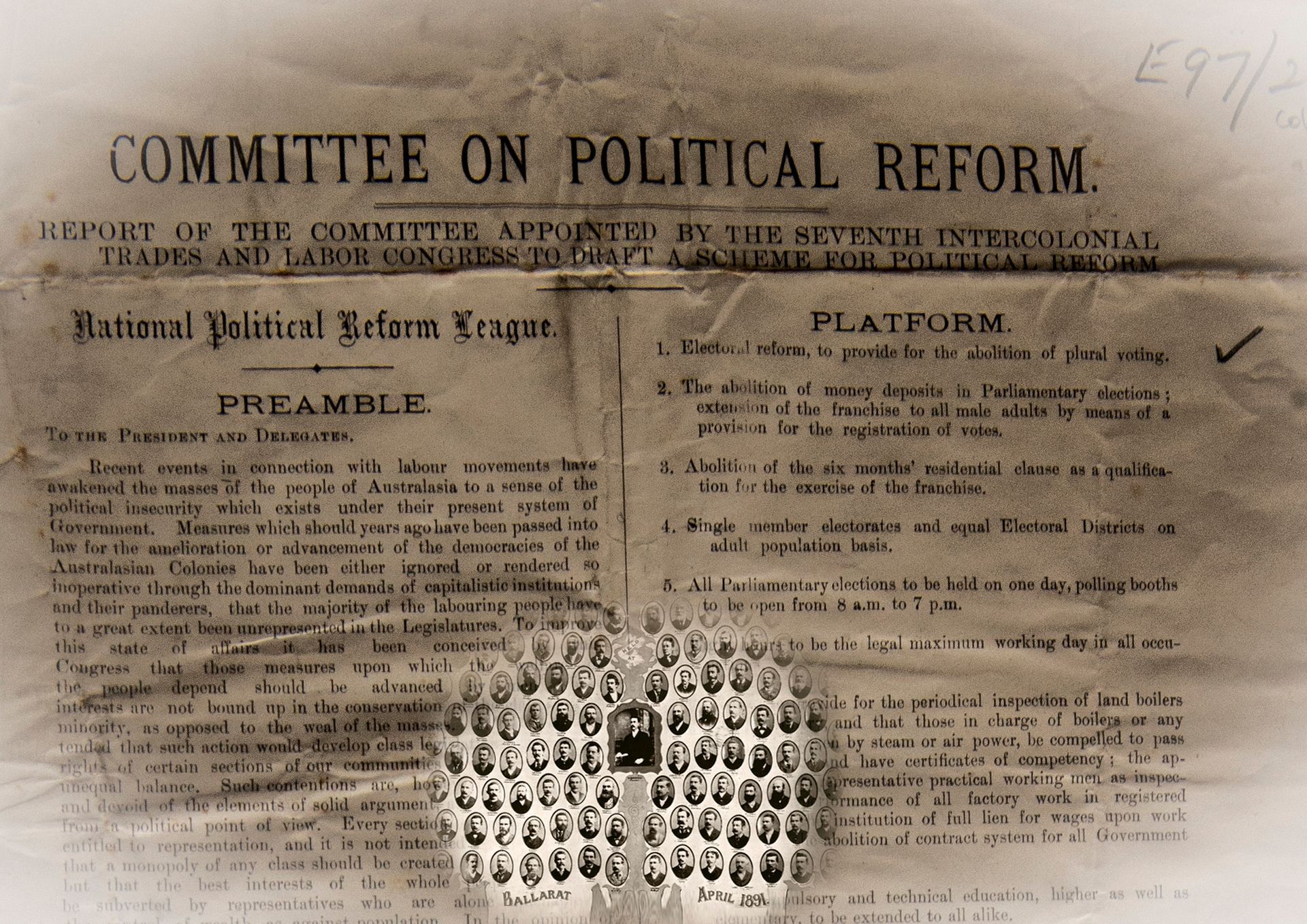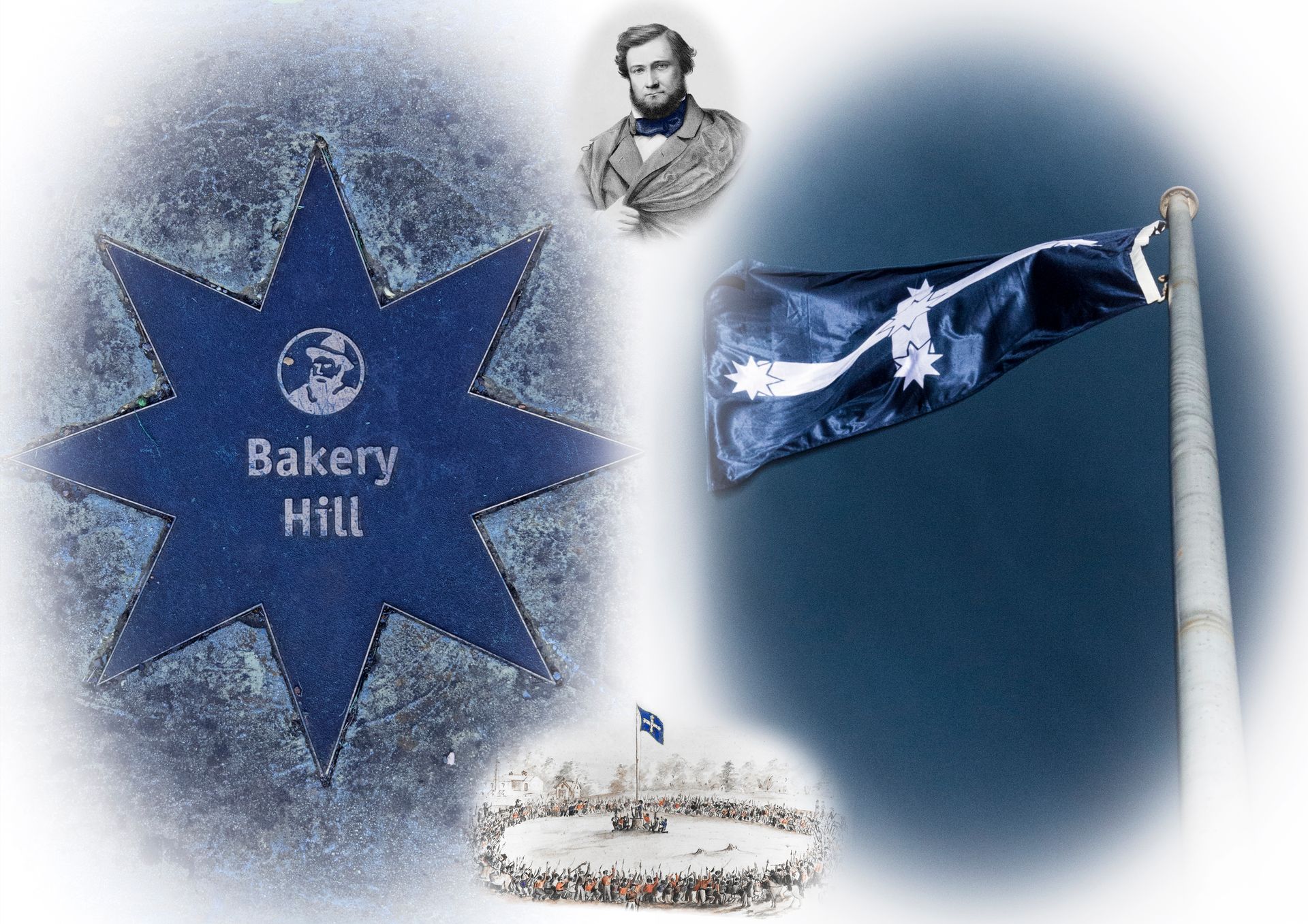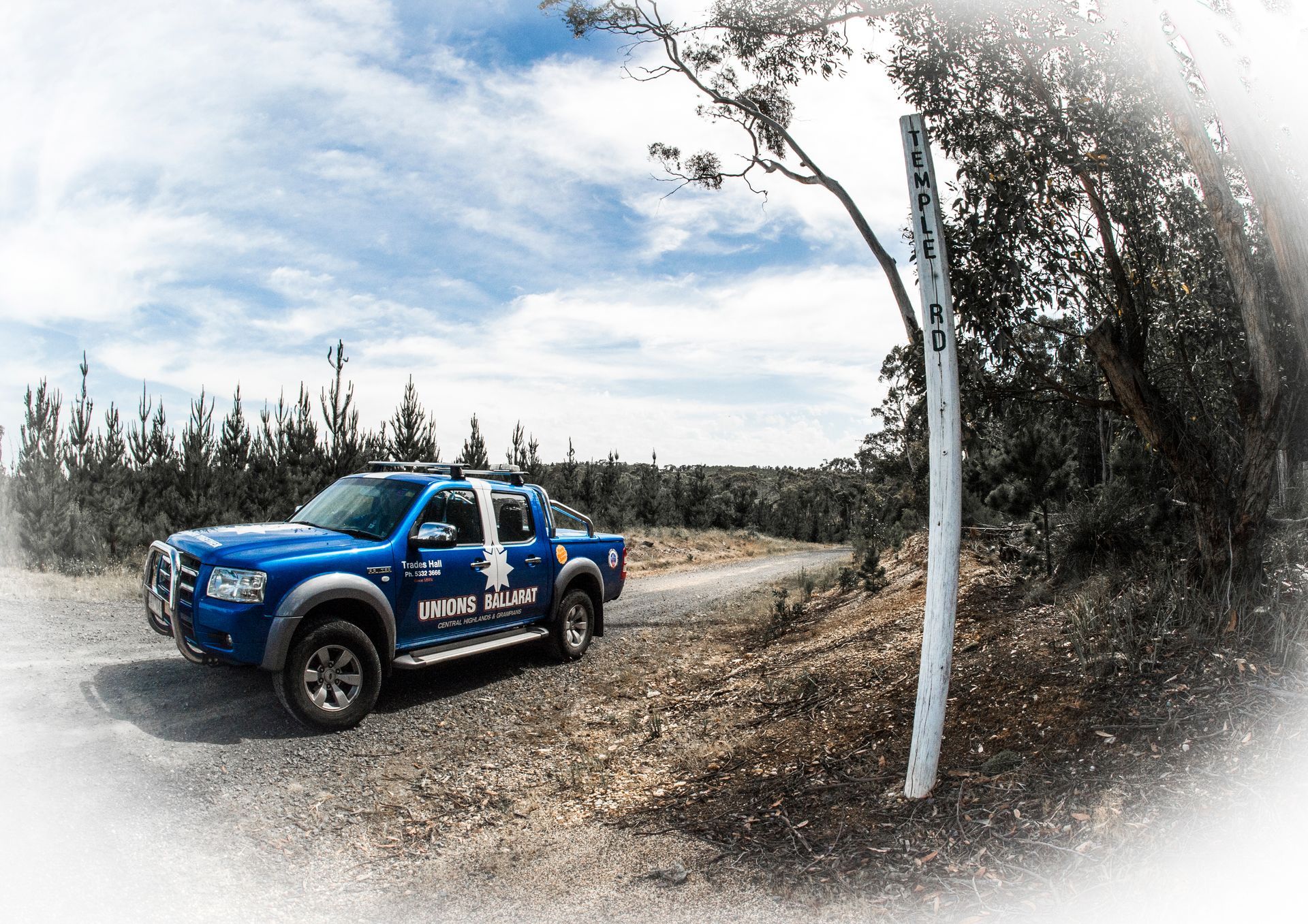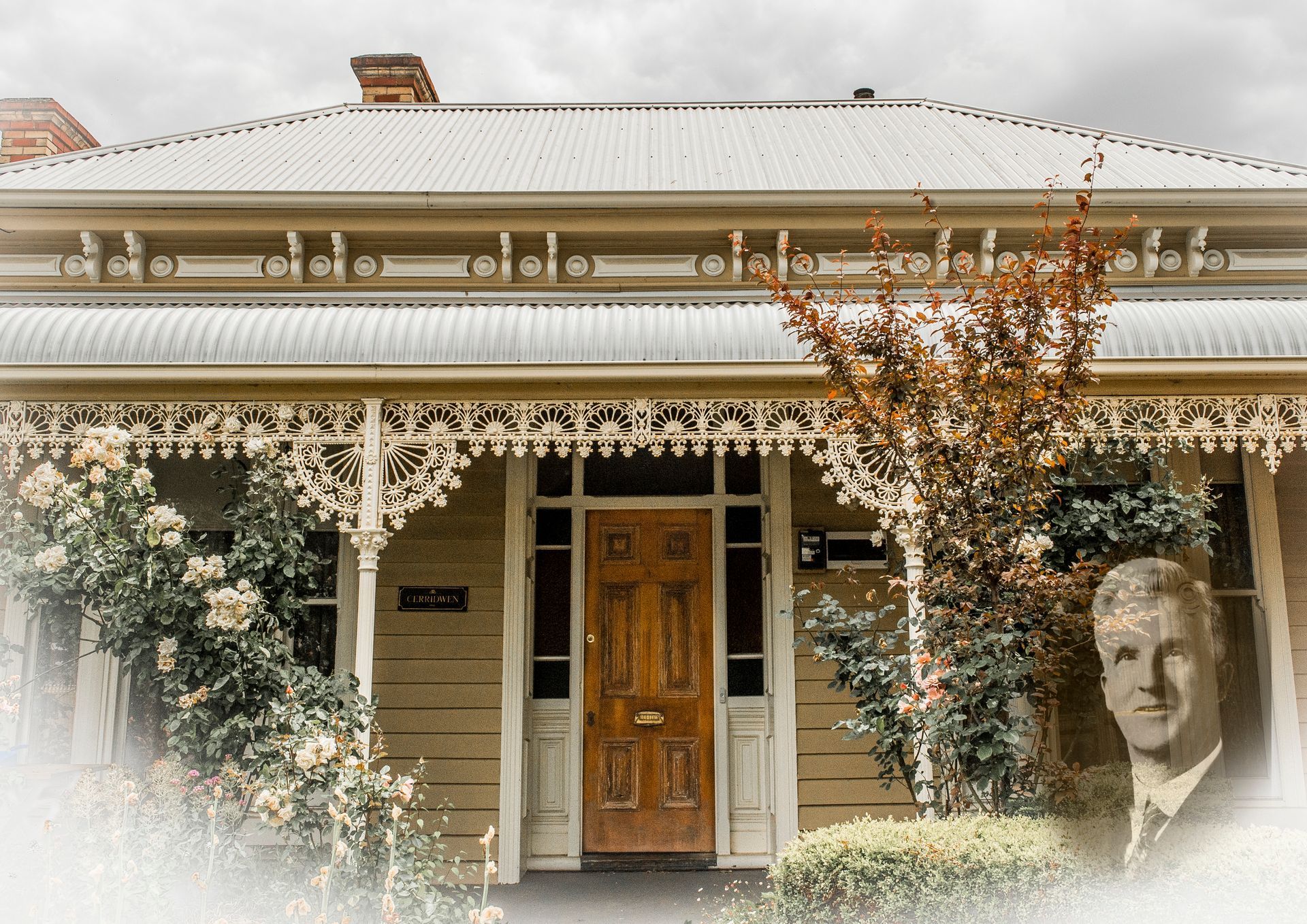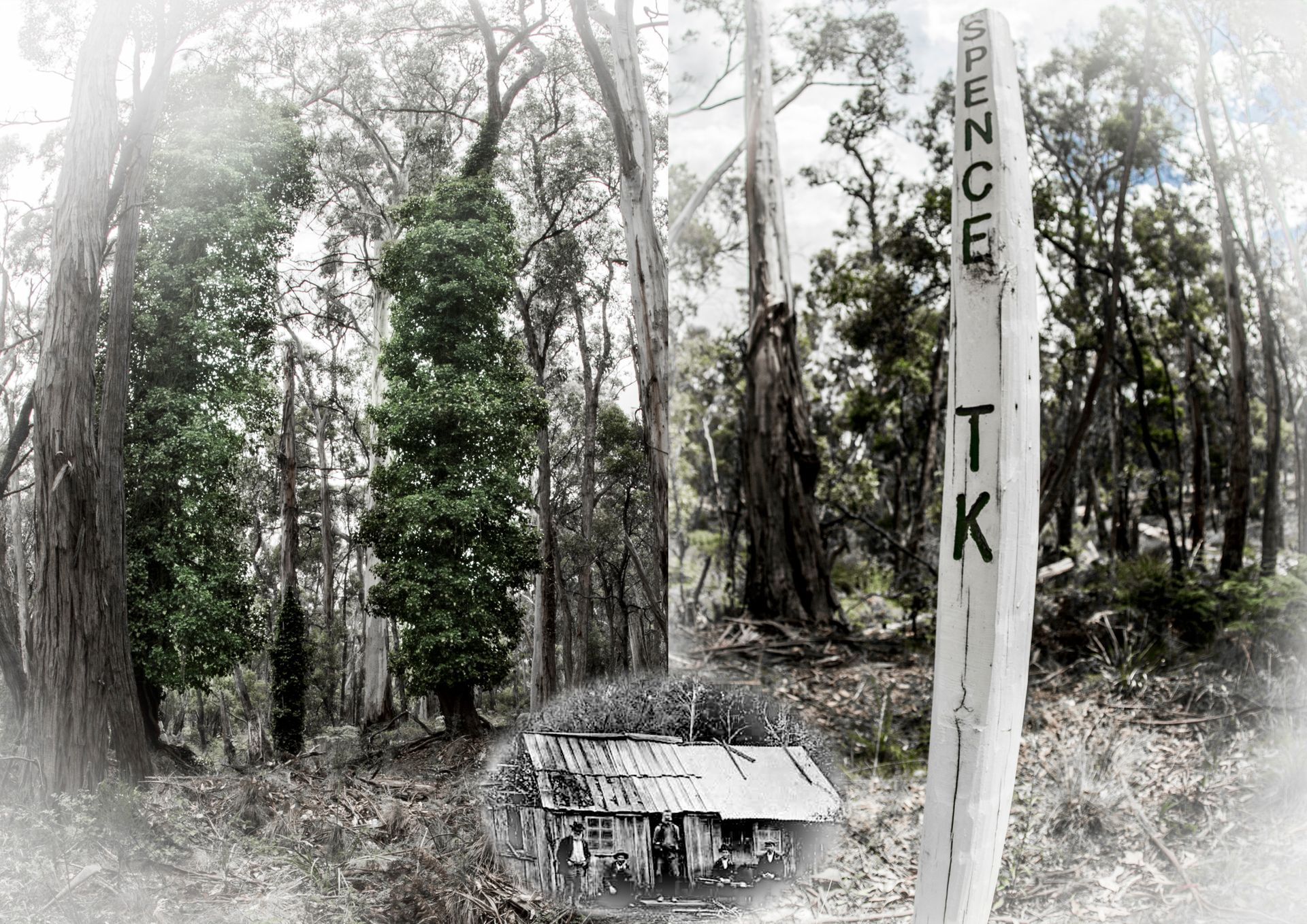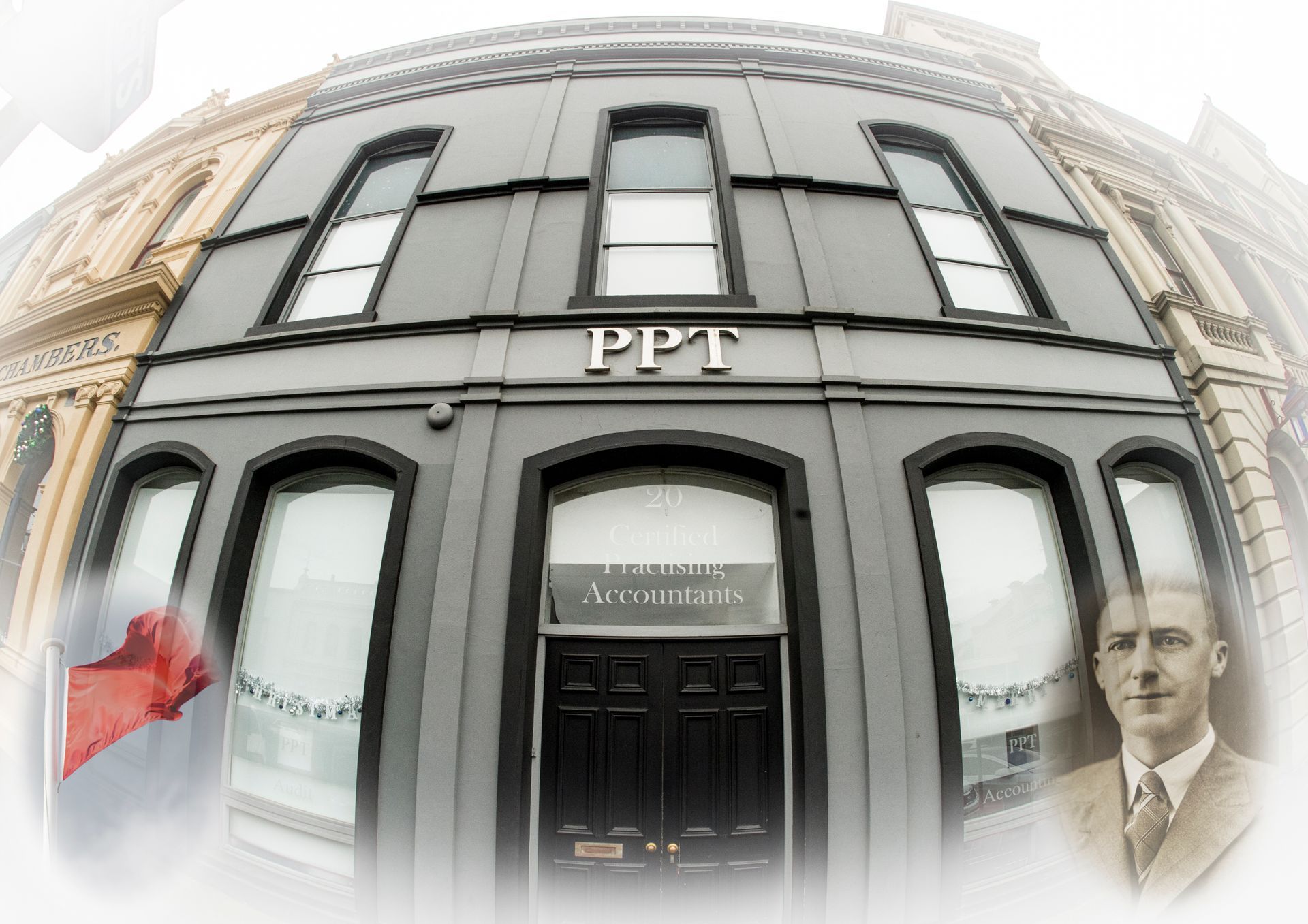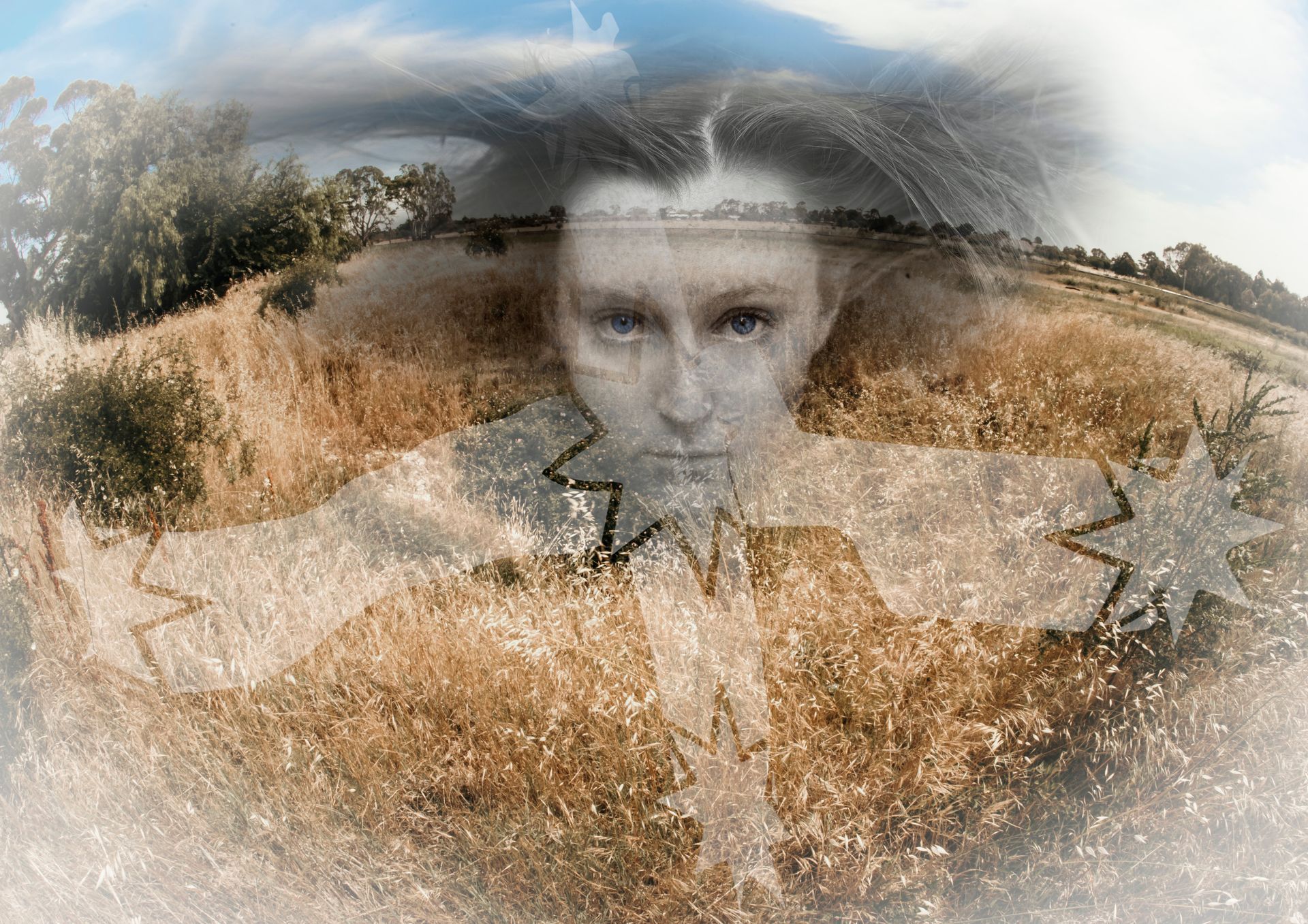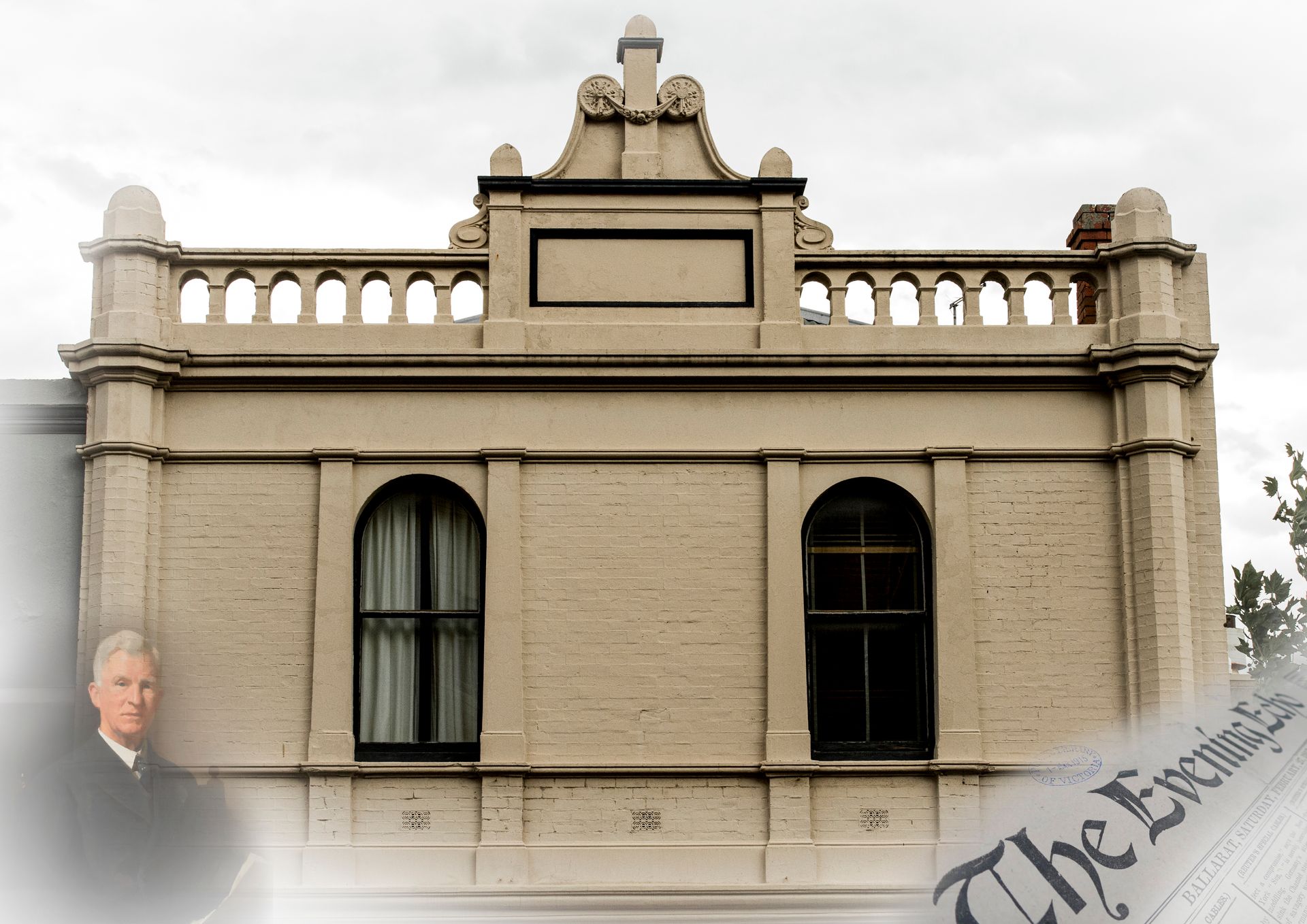Our History - Curtin and Mann and the formation of our Nations Identity
Forging our Nations Democratic Traditions
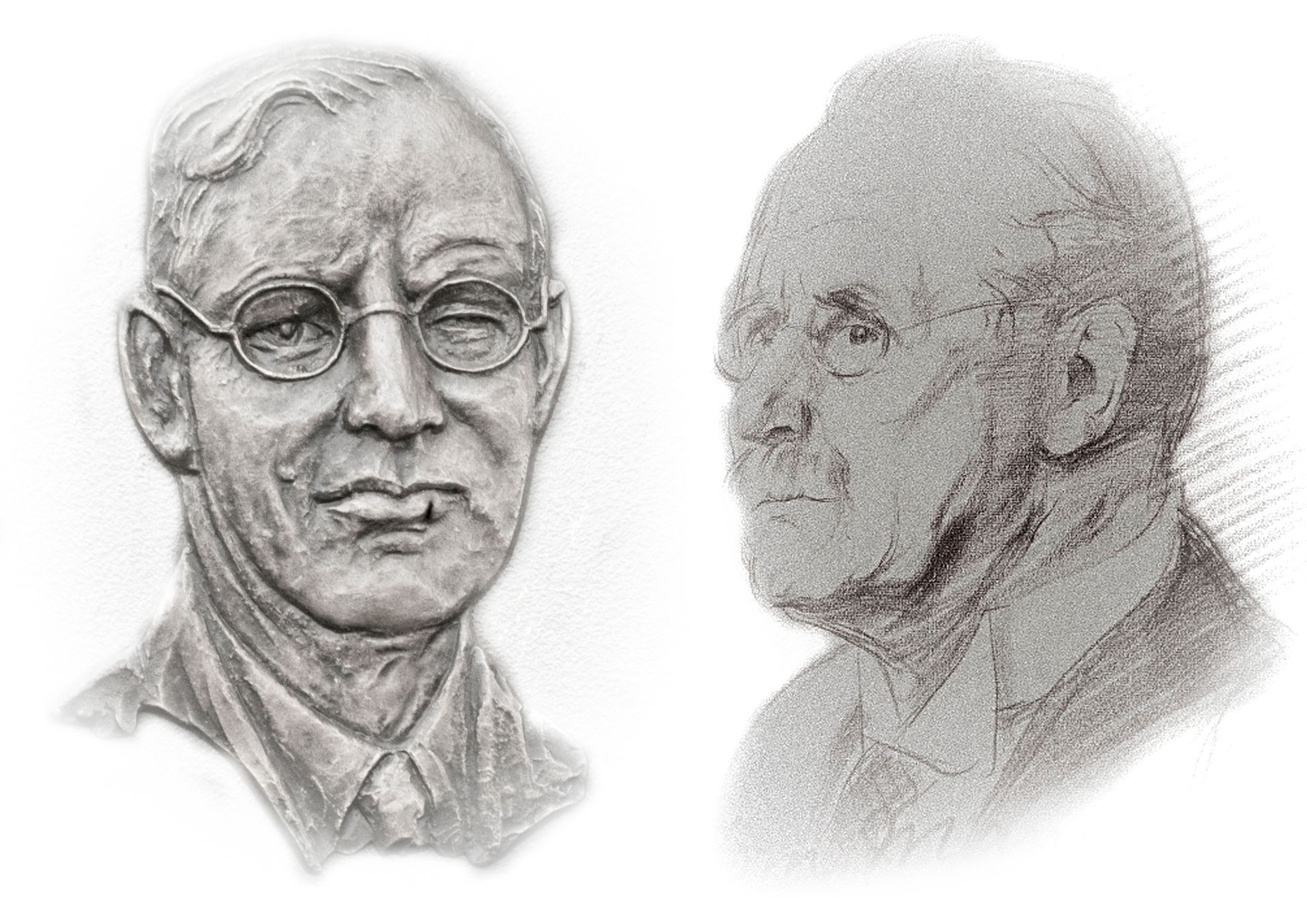
John Curtin, the son of working-class Irish immigrants, was born on the 8 January 1885 in Creswick. He grew up in an era of increasing social unrest, when workers were beginning to assert their rights to decent pay and working conditions. His background, with its poverty and struggle and the influence of socialists like Tom Mann and Frank Anstey, led to Curtin’s involvement in the labour movement and politics. Moving to Brunswick at a young age and later to Western Australia, Curtin became Australia’s 14th Prime Minister in 1941. It was a time when Australia had deployed most of its trained troops to defend Britain. On 7 December 1941, the Japanese attacked the American base at Pearl Harbour and war began in the Asia-Pacific area. As prime minister, Curtin faced what no other Australian prime minister before or since has faced: enemy attacks on the Australian mainland and the possibility of invasion. He probably first met his local State member Frank Anstey in 1902 and, with his mate Frank Hyett, soon joined Anstey's Sunday-morning study circle. He also attended Tom Mann's Economic Study Circle with Hyett, Don Cameron, John Cain and Jack Holloway. Mann had led the 1889 London Dockworkers Strike and his seven-year stay in Australia at the start of the twentieth century caused the authorities so much concern that they never allowed him to return, twice refusing him a visa in the period between the world wars. Within weeks of getting off the ship in Melbourne in 1902, Mann was appointed full-time organiser for the Political Labor Council, forerunner of the ALP, where he worked tirelessly to get workers’ representatives into Parliament.


